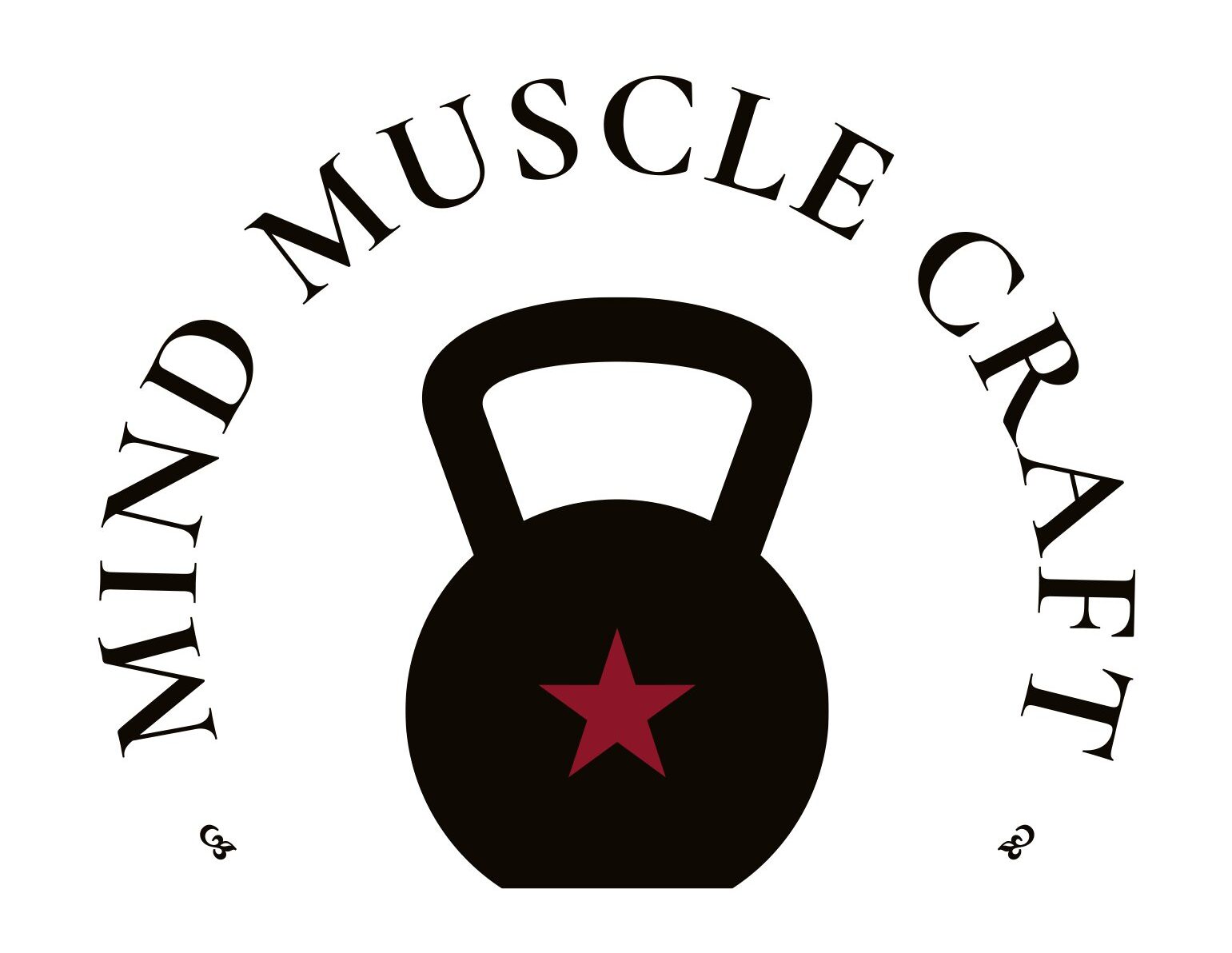Isometric holds, often overlooked in the dynamic world of fitness, are a hidden gem that can transform your strength training routine. While the fitness landscape is filled with various techniques and trends, isometric holds bring a unique set of benefits that cater to muscle engagement and overall stability. Let’s delve into the world of isometric holds and discover why they deserve a place in your workout arsenal.
Understanding Isometric Holds:
Isometric holds involve contracting a muscle or group of muscles without changing the length of the muscle or joint angle. Unlike dynamic movements that involve joint motion, isometric holds keep the muscles in a static position. These holds can be applied at various angles and positions, allowing for versatility in targeting specific muscle groups.
Key Benefits of Isometric Holds:
- Muscle Engagement at Its Peak:
- Isometric holds place muscles under constant tension, leading to maximum muscle activation. This sustained contraction stimulates muscle fibers and contributes to overall strength development.
- Joint Stability and Strength:
- Holding a position challenges joint stability, enhancing the supporting structures around the joint. This not only builds strength but also promotes joint integrity, reducing the risk of injuries.
- Time-Efficient Workouts:
- Incorporating isometric holds doesn’t require a multitude of repetitions. Short, focused holds can deliver substantial benefits, making them ideal for those with time constraints.
- Mind-Muscle Connection:
- Isometric holds encourage a heightened awareness of muscle engagement. Focusing on the specific muscles being worked enhances the mind-muscle connection, a crucial aspect of effective strength training.
Types of Isometric Holds:
- 90-Degree Holds:
- Holding a joint at a right angle engages muscles at the midpoint, emphasizing strength and stability in that position.
- Midpoint Holds:
- Holding a position halfway through a range of motion isolates specific points, promoting strength development at those angles.
- Overhead Holds:
- Holding weights or body positions overhead challenges core stability and builds strength in the upper body.
Incorporating Isometric Holds Into Your Routine:
- Choose Your Positions Wisely:
- Identify the key points in your exercises where isometric holds can be applied. This might include holding a squat at the lowest point or pausing during a push-up.
- Short and Intense Holds:
- Aim for holds lasting 10-30 seconds. Short, intense holds can effectively activate muscles without compromising form.
- Combine With Dynamic Movements:
- Integrate isometric holds with dynamic exercises. For example, add a brief hold at the bottom of a lunge before transitioning to the next repetition.
- Listen to Your Body:
- Pay attention to how your muscles respond. Gradually increase the duration and intensity of holds based on your fitness level and comfort.
Closing Thoughts:
Isometric holds inject a new dimension into your training routine, offering benefits that extend beyond traditional dynamic exercises. By incorporating these holds strategically, you can unlock hidden strength, improve joint stability, and elevate your overall fitness. As with any exercise regimen, it’s advisable to consult with a fitness professional or healthcare provider, especially if you have any pre-existing conditions or concerns. Embrace the power of isometric holds and witness the transformative impact on your strength and stability journey.

